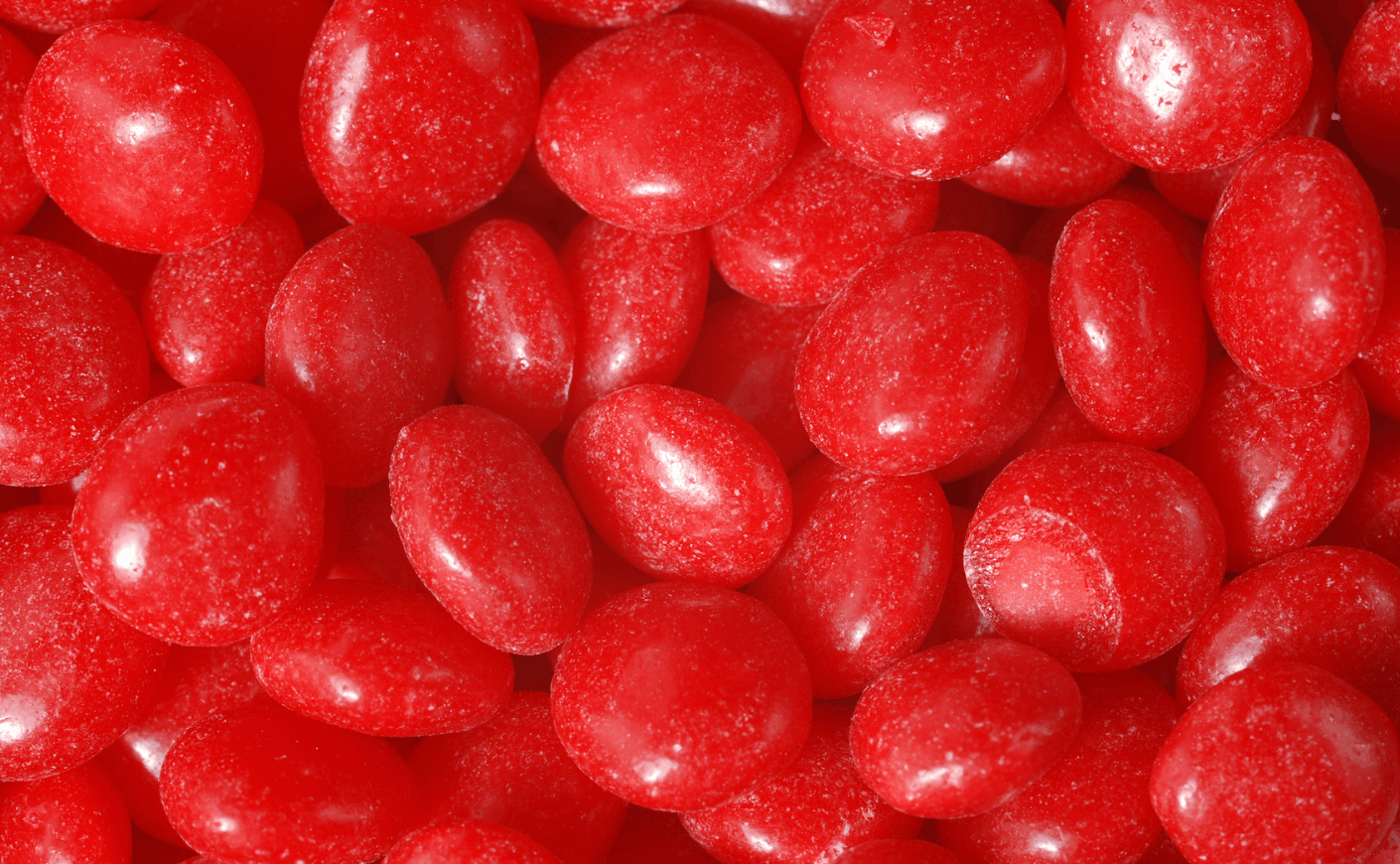The Food and Drug Administration has decided to ban the use of Red No. 3 in food, drinks, and ingested drugs.
The agency said this week that it will amend its color additive policy to restrict the use of the popular food dye. Red No. 3 — also called Red 3 or Erythrosine — is used to color candy, yogurts, and other common grocery store items a cherry red. The FDA began reviewing the chemical after a 2022 petition against the additive, which has been linked to cancer in lab rats.
We’re breaking down the controversy over Red No. 3, why it’s already restricted in several countries, and the other additive the FDA might crack down on next.
What is Red No. 3?
Red No. 3 is a petroleum-based dye that was first approved by the FDA in 1969. However, it was banned from being used in cosmetics in 1990, based on evidence that it could cause cancer in rats when consumed in large amounts. Red No. 3 has not been linked to cancer in humans, but the FDA has moved to enforce this broader ban because of a rule that prohibits ingredients that have been found to induce cancer in either humans or animals.
Manufacturers will have until 2027 to removed Red 3 from its products, while pharmaceutical companies have a 2028 deadline.
“Food safety is the number one priority for U.S. confectionery companies, and we will continue to follow and comply with FDA’s guidance and safety standards,” the National Confectioners Association, a trade organization for candy manufacturers, said in a statement.
Foods with Red Dye No. 3
For now Red Dye No. 3 can be found in candy corn, Hot Tamales, PEZ, some flavored yogurts, cereals, and sodas. In 2021, California’s Environmental Protection Agency conducted a review of the research on Red No. 3 and other synthetic food dyes, concluding that they’re linked to “hyperactivity and other neurobehavioral problems in some children.”
California became the first state to pass a bill banning Red No. 3 last year, and according to the Center for Science in the Public Interest, several others are considering legislation that would do the same. The dye is already banned from most foods in the E.U., U.K., Japan, China, and several other countries.
What is Red 40?
Red No. 40 — also called Allura Red AC, FD&C Red 40, or E129 — is another additive that’s come under the microscope lately.
Like Red No. 3, it’s been linked to neurobehavioral problems in some children and cancer in animal studies. A study last year also raised concerns that it could trigger gut inflammation. In September, California banned it along with five other synthetic dyes from meals and drinks served in its public schools.
Foods with Red Dye 40
It’s very common and can be found in popular cereals marketed to children, such as Lucky Charms, Fruity Pebbles, and Trix, as well as in popular candies like Skittles and M&M’s.
Unlike Red No. 3, Red 40 is still used in foods in Europe, but those products must carry a label warning that the dye “may have an adverse effect on activity and attention in children,” The New York Times reports.
Despite mounting public pressure — including a large protest this fall outside the headquarters of Kellogg’s, which produces several products containing the dye — the FDA hasn’t signaled whether or not it could be prohibited in the near future.









